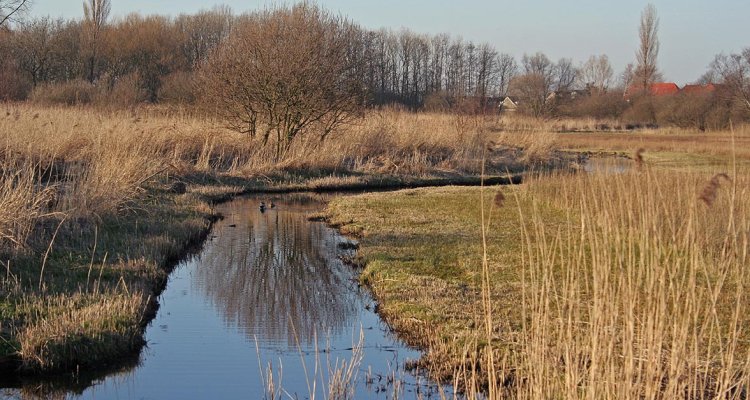
WP2 User Requirements Completion
WP2 consists of the following tasks:
Task 2.1: Start-up Workshop
A start-up workshop was organized in Wageningen at the beginning of the project to finalize the conceptual framework of BIO_SOS and share a common language among partners with different background expertise. Some of the users who signed BIO_SOS SLA were also present at the workshop and a visit was made to the Dutch case study site. Discussions have defined the user typology and differences between institutional user’s structural trees in the different participating Nations. This will serve for better addressing users at different level of responsibility (e.g. governmental bodies, local and national park responsible, ONG and private organizations, forresters, municipalities and provincial authorities, etc.).
Task 2.2: Analysis of test area and local meeting with users.
Detailed analysis of test areas was carried out in cooperation with the relevant partners. For each sampling site, the main activities were:
- Description and evaluation of main test site characteristics for each test sites.
- Habitat and species definition for each test site.
- Definition of the study time interval for each site on the base of available pre-existing knowledge and information in the past and the duration of the project in the future.
- Definition of scale requirements for each test site.
- Collection of pre-existing studies and information on test sites.
- Definition of habitat classification schemes and methodologies.
- Biodiversity Indicator selection.
Selection of biodiversity indicators has focussed on CBD indicators, such as habitat connectivity/fragmentation, status and trends of components of biodiversity in habitat under pressure. Moreover (from D1.1. in EBONE): Despite the limitations of existing RS data, they already provide the data behind two of the SEBI indicators:“ecosystem coverage“ and “fragmentation of natural and semi-natural areas“. Both of these are based on the Corine Land Cover Map. 4.3.4.In particular, the focus on CBD indicators have been included in the two focal areas Threats to Biodiversity and State of Biodiversity:
- agricultural expansion,
- urban expansion and road construction,
- fire, pollution (e.g. by heavy metal),
- trends in invasive alien species,
- habitat connectivity/fragmentation;
- status and trends of components of biodiversity in habitat under pressures.
To comply with the post-2010 target, the focus is the reliable assessment of “level of change” rather then rate of biodiversity loss in order to allow End Users to prompt actions towards maintaining and restore levels rather then reduce the rate of loss. Remote Sensing and GMES have a vast potential for improving on current indicators by providing indirect measurements and for modelling and upscaling from in situ data to provide large scale assessments. Some of the approaches and sources of RS data of relevance to a Global Biodiversity Observation System were recently reviewed by Buchanan et al (2008). Duro et al (2007) suggested a framework for the development of a large area biodiversity monitoring system driven by RS based on indirect measures of: (i) the physical environment e.g. climate and topography); (ii) vegetation production; (iii) habitat suitability (spatial arrangement and structure); and (iv) disturbance.
The participation of national and local authorities (i.e regional) and citizens (i.e. groups of citizens, non-profit organisations or associations) as defined in task 2.1 (enriched by suggestion of the newly appointed Advisory board) in providing additional contributions to the identifications of the system’s requirements was promoted during the collection of information on each test site. Local meeting with the Users who signed BIO_SOS SLA is at the base of this Task activity with the aim to extend the interaction with other National users in each Country. Continuous dialog has been established with End Users to address Users reporting needs (e.g. habitat Directive) with the aim to better focalize the project on the gaps in current reporting.
Task 2.3: SLA updating:
- Definition of standards and output products accuracy.
- SLA updating
- SLA-users will be contacted locally to better the two above listed items, before their finalization.
The outputs (deliverables) of this WP will be used as input of activities in WP3, WP4, WP5, WP6, WP8.